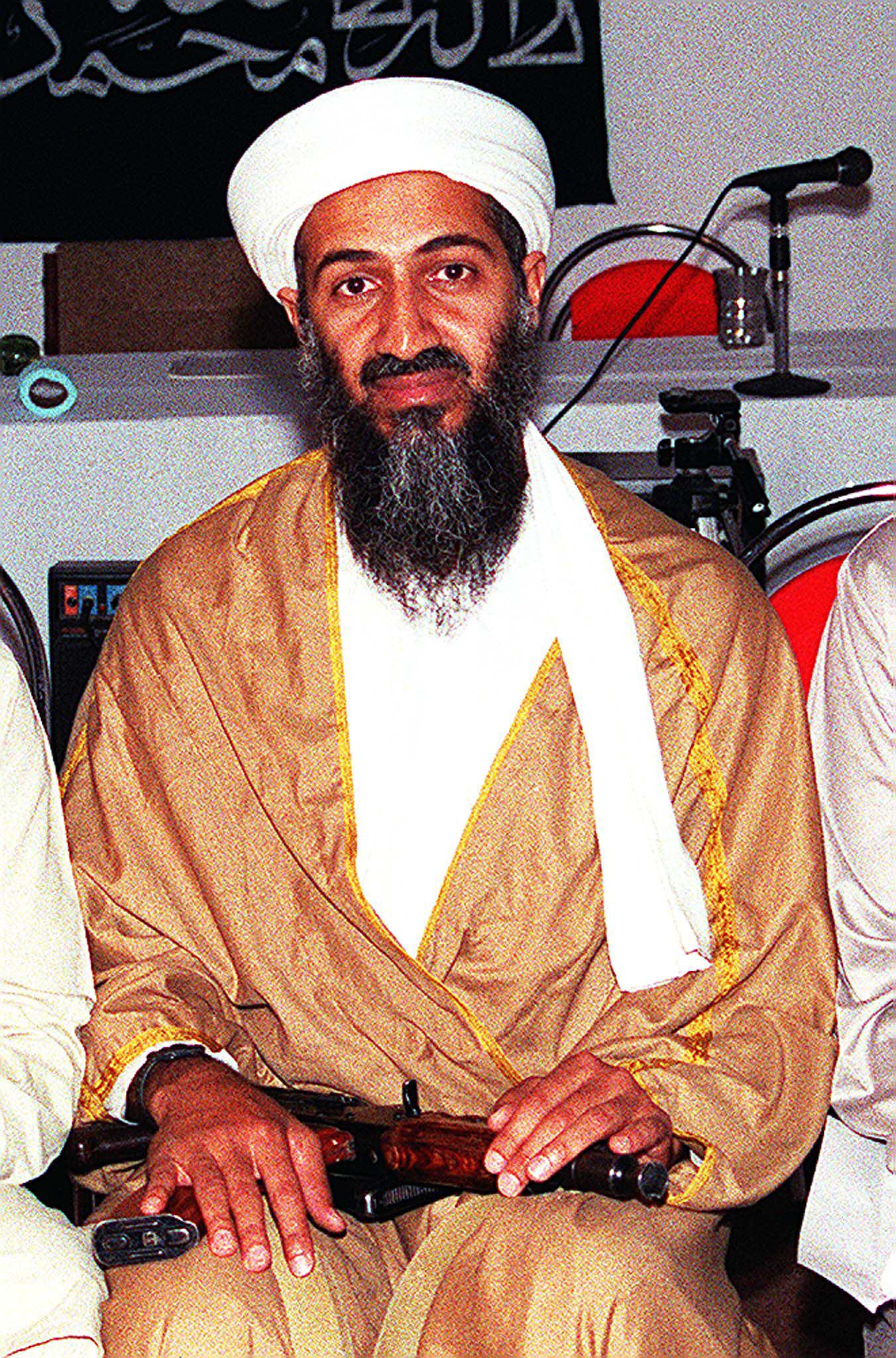Al-Jazeera has a detailed look at the findings of the so-called Abbottabad Commission, a group tasked by the Pakistani government to investigate its inability to find Osama Bin Laden. The Pakistani government is doing its best to bury the report, and it’s not difficult to see why: The commission harshly indicts Pakistani agencies for their “collective failure” in allowing Bin Laden to live undetected on their soil for nearly a decade.
In addition to its blistering criticism of Pakistani intelligence officials, the report also paints an interesting picture of what life was like on the run for Bin Laden and his family. Here’s a few of the newsiest and most interesting nuggets from the Al-Jazeera report.
The big takeaway:
According to the Commission’s investigations, Pakistan’s intelligence establishment had “closed the book” on Bin Laden by 2005, and was no longer actively pursuing intelligence that could lead to his capture.
Moreover, it found that there had been a complete collapse of governance and law enforcement – a situation it termed “Government Implosion Syndrome”, both in the lack of intelligence on Bin Laden’s residing in Pakistan for as long as nine years, and in the response to the US raid that killed him. It finds that “culpable negligence and incompetence at almost all levels of government can more or less be conclusively established”.
What Bin Laden was up to inside Pakistani borders:
It found that Bin Laden entered Pakistan in mid-2002, after narrowly escaping capture in the Battle of Tora Bora in Afghanistan in December 2001. Intelligence officials say he stayed briefly in the South Waziristan and Bajaur tribal areas of Pakistan, before moving to the northern Swat Valley to stay with his guards, Ibrahim and Abrar al-Kuwaiti, for several months. While in Swat, Bin Laden reportedly met with Khalid Shaikh Mohammad, the alleged mastermind of the 9/11 attacks against the United States, in early 2003. A month later, Mohammad is captured in Rawalpindi in a joint US-Pakistani operation, and Bin Laden flees Swat… In August [2005], [Bin Laden and relatives] move to a custom-built compound in Abbottabad, a military garrison town located about 85km away from the Pakistani capital, Islamabad. He stayed there for six years, until he is killed in the US operation in May 2011
How he kept his cover:
The group lived, according to the testimony of the wives, “extremely frugally”. Bin Laden himself, before moving to Abbottabad, reportedly owned only three pairs of shalwar kameez (local Pakistani dress) for summer, and three pairs for winter - in addition to a single black jacket, and two sweaters.
He also owned “a cowboy hat”, which he wore when he moved around the compound to avoid detection from above. Bin Laden, who reportedly suffered from various ailments, particularly in his kidneys and possibly his heart, would sometimes complain of sluggishness, and, on those occasions, he would eat some chocolate and/or an apple, according to the commission’s findings. There is no evidence to suggest he was ever visited by a doctor, and he almost certainly never left the compound.
And the scathing conclusion of the report:
The Commission found that the country’s “political, military intelligence and bureaucratic leadership cannot be absolved of their responsibility for the state of governance, policy planning and policy implementation that eventually rendered this national failure almost inevitable”, and calls on key leaders in each of those segments of the country’s leadership to formally apologise to the country for “their dereliction of duty”.
Predictably, the Pakistani government is continuing to suppress access to the commission’s findings. Al-Jazeera’s Asad Hashim tweeted earlier that readers were having problems accessing the report online from within Pakistan. The rest of you, however, can check out the full Al-Jazeera report here.
